Table of Content
India has a long history of arts and crafts. Every state possesses its own folk art that holds centuries of tradition. Over time, these forms of art have moved beyond their original purpose of decoration to become accepted in contemporary interior design. Using folk art in your interior design can make your space visually intriguing and diverse. In this article, we will discover various traditional art styles from different regions in the country that you can use to decorate your home.
Madhubani paintings
Origin: Bihar
Madhubani paintings, known for their colorful and vibrant designs, can make a great addition to your home decor. These artworks typically showcase designs inspired by nature and intricate patterns in vibrant hues. Big Madhubani artworks can act as a centerpiece in your living area. For a touch of color and design, think about adding Madhubani throws and cushions as decorative elements. Enhance the appearance by showcasing smaller items on shelves or walls.
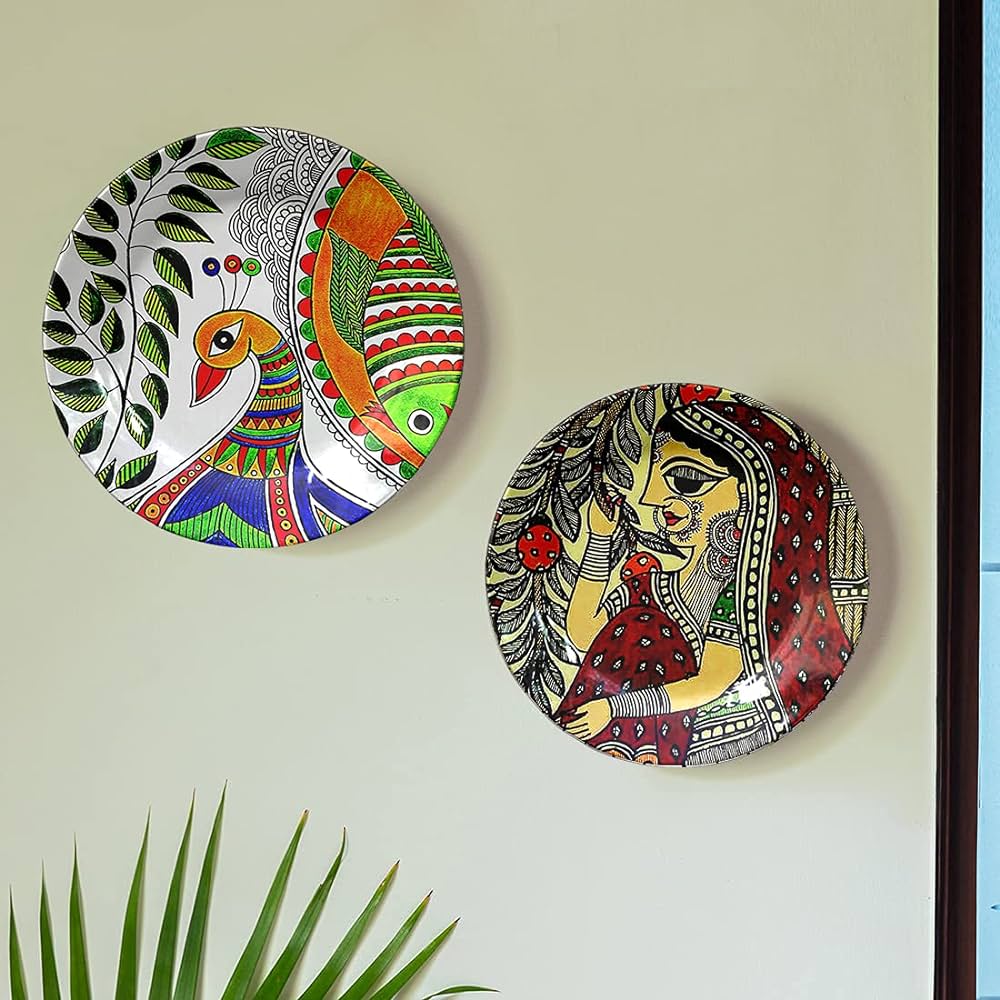
Warli art
Origin: Maharashtra
Warli art is known for its use of a limited color palette and basic geometric figures to illustrate detailed village settings. Warli art is ideal for adorning walls with murals, making a bold and beautiful statement. To add a touch of sophistication, think about including Warli designs on your table runners and bedding for a subtle touch of style. Warli designs can adorn pottery that is both decorative and useful in the kitchen.
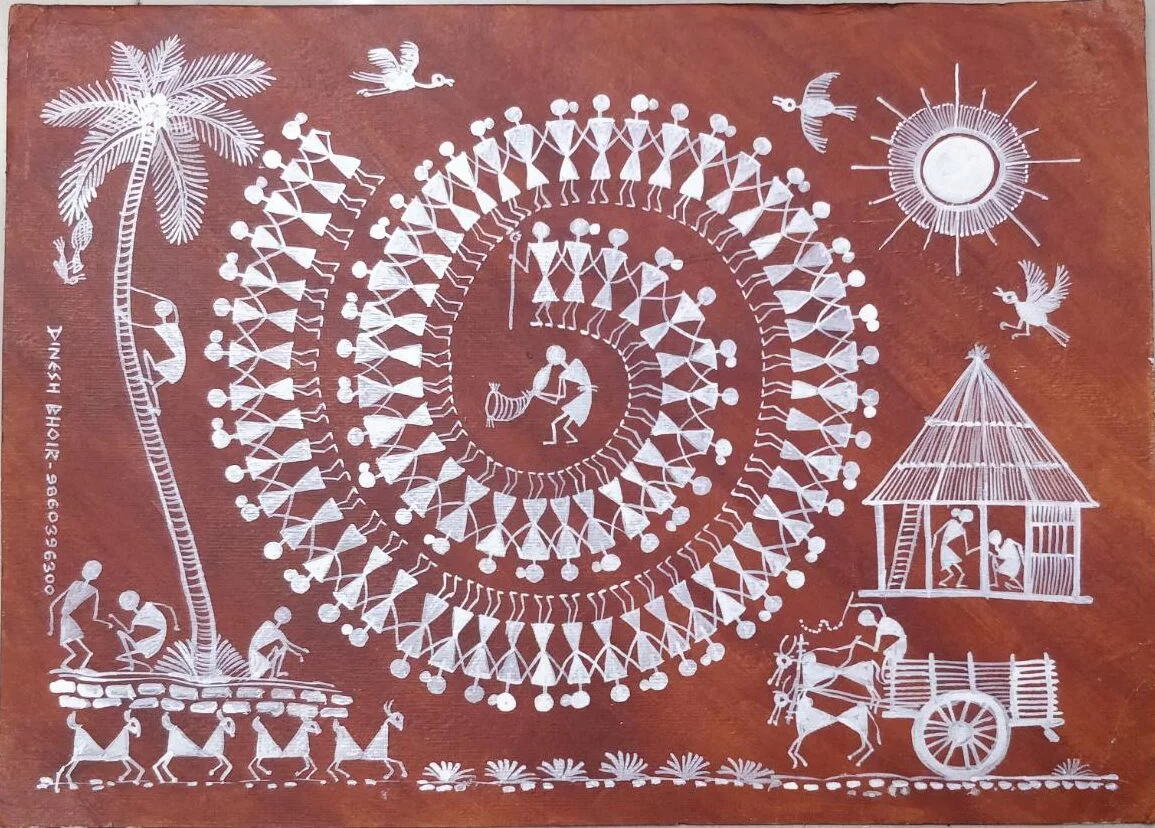
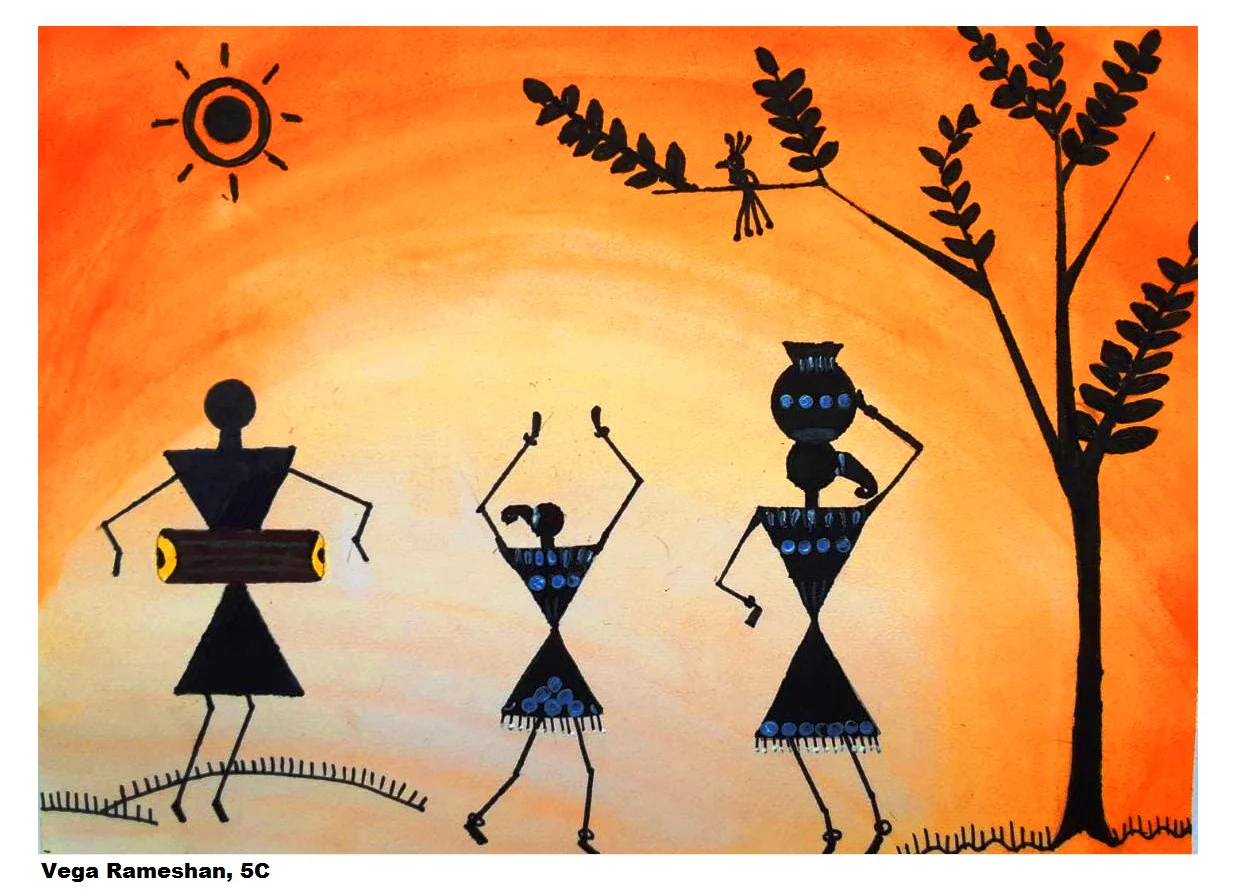
Pattachitra art
Origin: West Bengal, Odisha
Pattachitra art, typically linked to Kalighat in Bengal, is famous for portraying intricate mythological stories with vibrant colors and delicate lines. These artworks are created on extended scrolls which serve as tools for storytelling, being unrolled as the narrative progresses. These artworks look best when displayed on walls for a distinctive art exhibition. Pattachitra-decorated plates can be showcased on shelves or walls. To enhance the appeal, you may also want to think about using table runners and bedspreads.

Gond art
Origin: Madhya Pradesh
This traditional art from the center of the country showcases detailed designs, bold hues, and motifs inspired by nature. The patterns are intricately filled with small details. Gond paintings are perfect for decorating corridor, staircase, and bedroom walls. These designs can also be used for curtains, upholstery, cushion covers, as well as decorative ceramics and pottery.


Tanjore paintings
Origin: Tamil Nadu
Tanjore paintings create a luxurious atmosphere through showcasing gold foil embellishments, vibrant hues, and a textured 3D effect. These can be utilized as statement pieces. Integrating these carvings into pieces of furniture such as coffee tables and cabinets can add a special and distinctive element. Moreover, they have a variety of uses, including as decorative boxes, trays, and wall hangings.
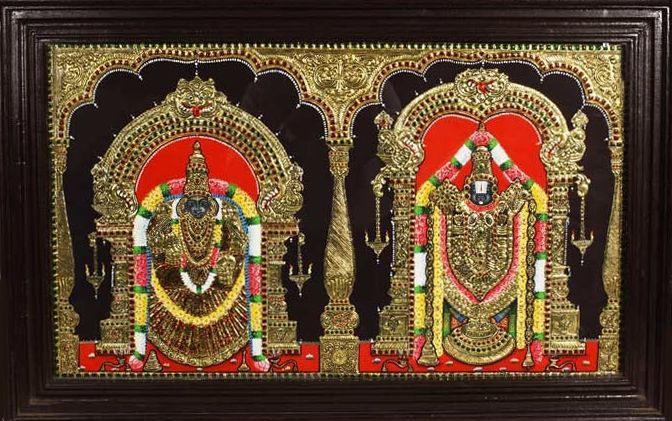
Kalamkari art
Origin: Andhra Pradesh, Telangana
This style of art showcases intricate designs inspired by nature, painted or printed by hand. Kalamkari curtains and upholstery are extremely popular with fans of folk art. To add a celebratory atmosphere to your dining experience, think about using kalamkari table cloths. Enhance the appearance by matching them with decorative items like tiny wall decorations.
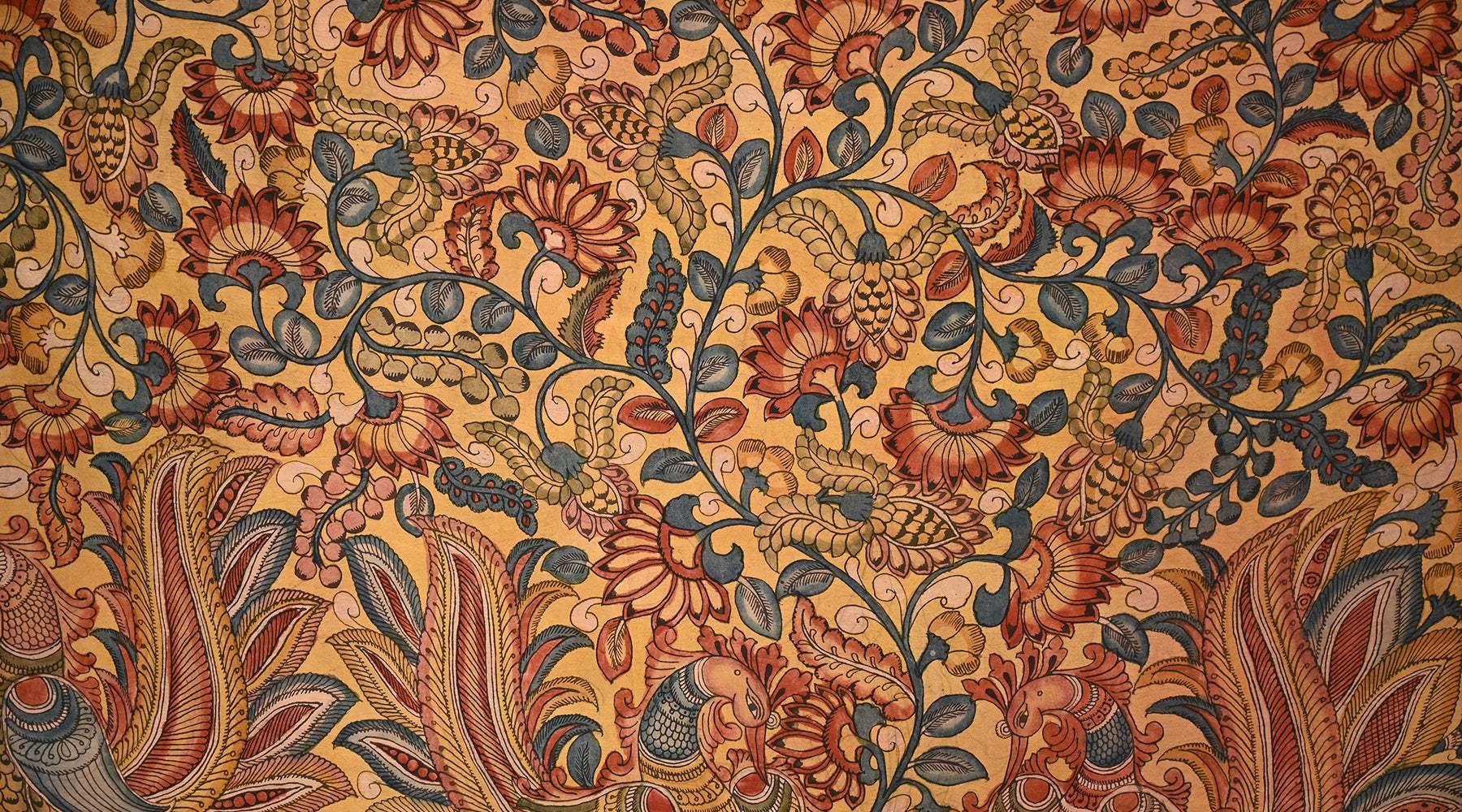
Phad paintings
Origin: Rajasthan
The tradition of Phad in Rajasthan showcases colorful tales of gods, embodying the essence of local folk art. Phad art creates a vivid wall mural that stands out in living and dining spaces. You can also integrate them into cushions, bed linens, and curtains. To create a distinctive and daring focal point, incorporate Phad art details into lampshades and pendant lights as the main feature of your themed decoration.

Also Read: Budget-friendly upholstery fabrics with a luxurious appearance



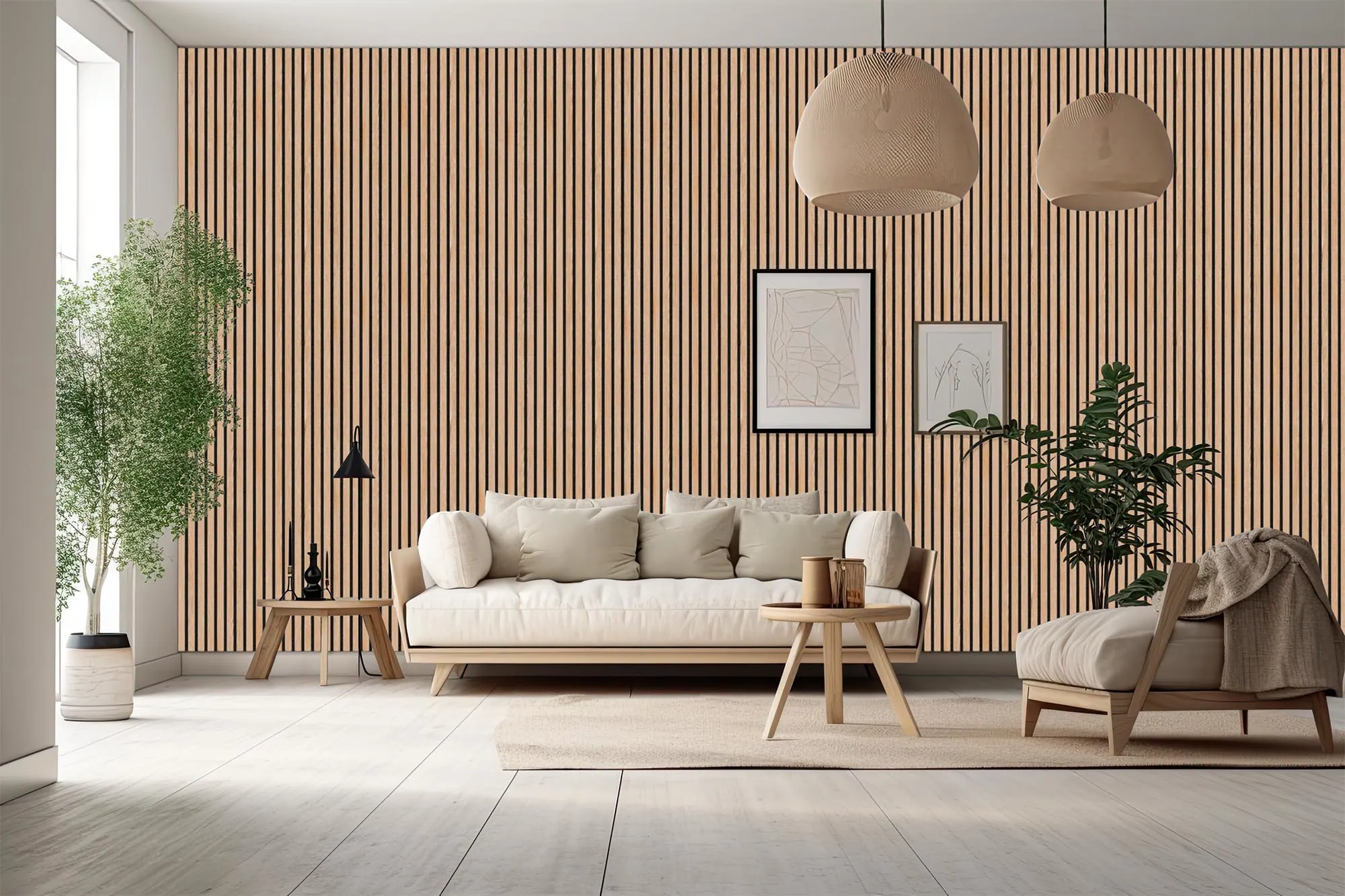
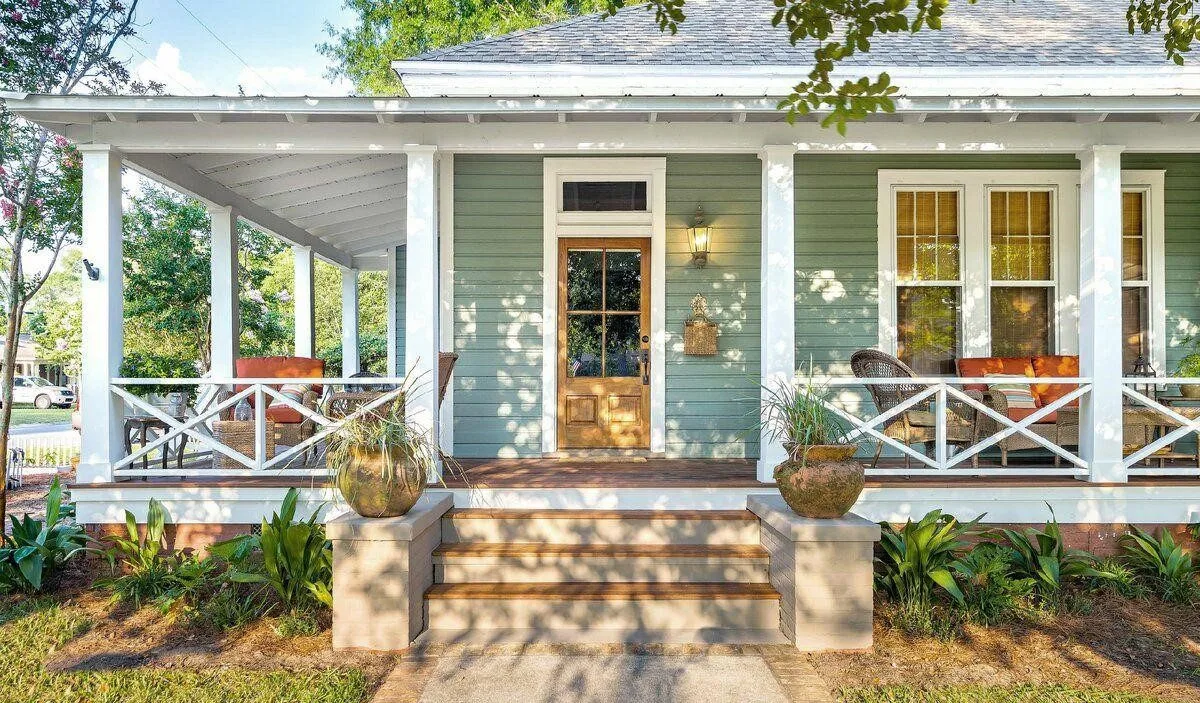


_1767164061.webp)


Ans 1. Indian art consists of a variety of art forms, including painting, sculpture, pottery, and textile arts such as woven silk. Geographically, it spans the entire Indian subcontinent, including what is now India, Pakistan, Bangladesh, Sri Lanka, Nepal, Bhutan , and at times eastern Afghanistan.
Ans 2. The earliest Indian paintings were the rock paintings of prehistoric times, such as the petroglyphs found in places like the Bhimbetka rock shelters. Some of the Stone Age rock paintings found among the Bhimbetka rock shelters are approximately 10,000 years old.
Ans 3. Let us read ahead and learn more about the more popular art forms:Madhubani Painting. This art form is popular in present-day Bihar. ...Warli Painting. ...Miniature Paintings. ...Kalamkari. ...Tanjore Painting. ...Pattachitra. ...Kalighat Painting.
Ans 4. Warli art is the finest tradition of Indian folk art. Warli artist use their clay huts as the back drop for their paintings. These artists use basic geometric shapes of circle, triangle and a square.
Ans 5. Known as the father of folk renaissance in India, Jamini Roy was an artist renowned for his use of bright colours, bold and sweeping brushstrokes and two-dimensional renditions of human, animal and mythological forms, influenced by traditional Bengali folk motifs and Kalighat paintings.